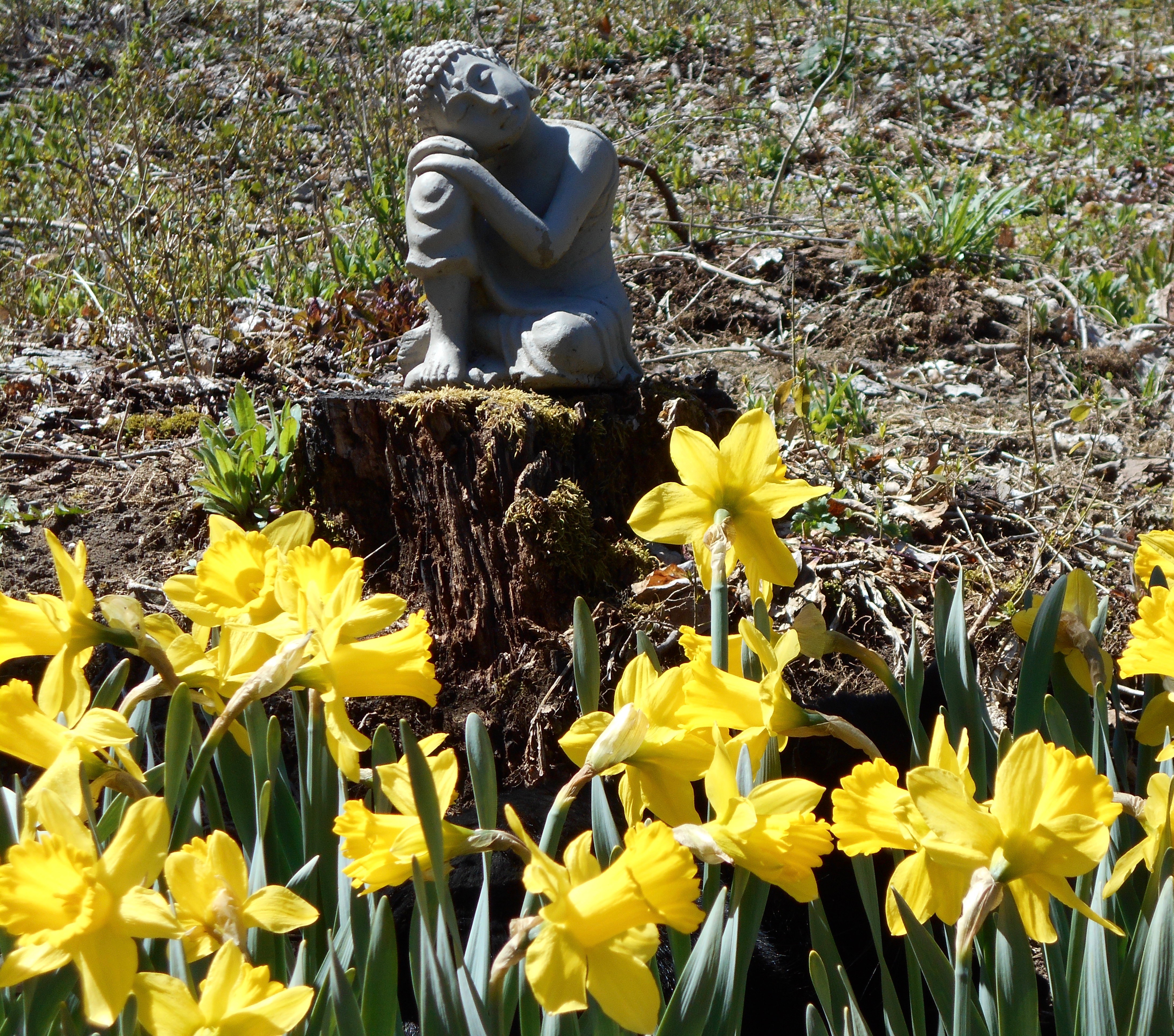It is easy to forget how your mental attitude affects the world you perceive. It is easy to get so stressed about the problems you perceive in the world and your lives that you can’t act or can’t clearly understand what you face. So not understanding stress can be a significant block to feeling good and acting skillfully.
What is stress? Many people think of it as a physiological response to a threat that you can’t control or shape. It is the fight-flight-freeze response, mostly the flight or freeze aspects. But it’s not just that. As Joseph LeDoux makes clear in his new book, Anxious: Understanding The Brain To Understand And Treat Fear And Anxiety, the feeling of fear and anxiety is not simply a physiological response. There is a cognitive component to it.
The physiological threat response arises to enable many different kinds of activities, from facing an actual physical threat, such as a knife-wielding robber, to when you think your sense of self is endangered. It can arise when you need to take a test, drive in traffic, talk with a friend about a difficult topic, or write a blog. It can underlie a great many emotions, like fear, worry, anxiety, jealousy and anger.
Daniel Siegel, in The Developing Mind, describes steps in the construction of emotion. The first step is arousing attention and energy, what he calls the initial orienting response. The second is appraisal, which includes what we might call feeling and interpreting, labeling stimuli as good or bad, to approach or avoid. Memories enter the picture. The third step is your categorical emotions like sadness, happiness, fear. Without the initial signals to pay attention and to approach a task, motivation is absent; and learning, clear thinking is nearly impossible.
You can learn to notice what happens in your body as it occurs. If you don’t become aware of what is going on inside you, you can’t do anything about it. You can notice:
*Location: where the sensations of stress are in your body
*Quality: type of feeling you experience, like discomfort, pins and needles, squeezed or pressured, hot or cold.
*Intensity: strength.
*Direction of motivated action: do you feel like approaching, turning away, or being neutral?
*Mental attitude: what thoughts, images— what sense of who you are arises in your mind?
The threat response is thus the combination of awakened energy and attention, added to a sense of being uncomfortable, and the internal pressure to relieve it. Stress, at its earliest stage, is simply awakened energy. It is useful and necessary. What turns awakened energy into unwelcome stress is the interpretation or the stories you construct from the memories and sensations and situation. For example, do you think you are capable and strong enough to handle the situation?
Unwelcome stress is, thusly, meeting discomfort or any situation with resistance. It is being uncomfortable with discomfort, afraid of being afraid. Once you resist, your thinking gets further skewed, and limited. Emotional awareness or mindfulness of the moment by moment arising of sensations, feelings, thoughts, and images allows you to notice, recognize and thus let go of any emotion before it becomes overwhelming. It allows you to think and act with more clarity, speed, and concern for self and others.
Sometimes students express a fear when they practice mindfulness. They say, “if I let go of my feelings, what would be left of me? My emotions are me.” On one level, this is the expression of fear of fear. On another level, mindfulness adds a level of awareness students might not be used to. However, when you let go of fearing fear and other emotions, you notice an even more authentic you, and a deeper realm of feeling.
To practice this mindful awareness, take a moment to sit up, possibly close your eyes, and turn inward for a moment. Maybe notice the air entering your nostrils as you breathe in—and breathe out. Or become aware of how your body, as in your shoulders or jaw, expands as you breathe in—and lets go, settles down as you breathe out. You might hear a thought and simply notice it as you breathe in—and let it go as you return your attention to breathing out. Simply take a breath or two, noticing what you do, and then open your eyes, stretch and return fully to the room—awake and refreshed.
You can use mindfulness whenever you want to clear your mind: before you enter a class, begin a project, a test, a heavy conversation, or make an important decision. Or when you want to appreciate something more deeply, let go of pain, or take political or social action to reduce inequity, injustice, or suffering.
In the US, being constantly busy supposedly signifies you are valued and important. But being on the go all the time means you don’t let your body fully settle. Mindfulness, especially when combined with compassion, gives you the opportunity to let your mind calm and quiet. It can help you discover what you truly feel and guide you through the thinking process. Doing it for just a few minutes at a time can help you better discern which actions are of the most benefit to you and others and help ”save” the world.


